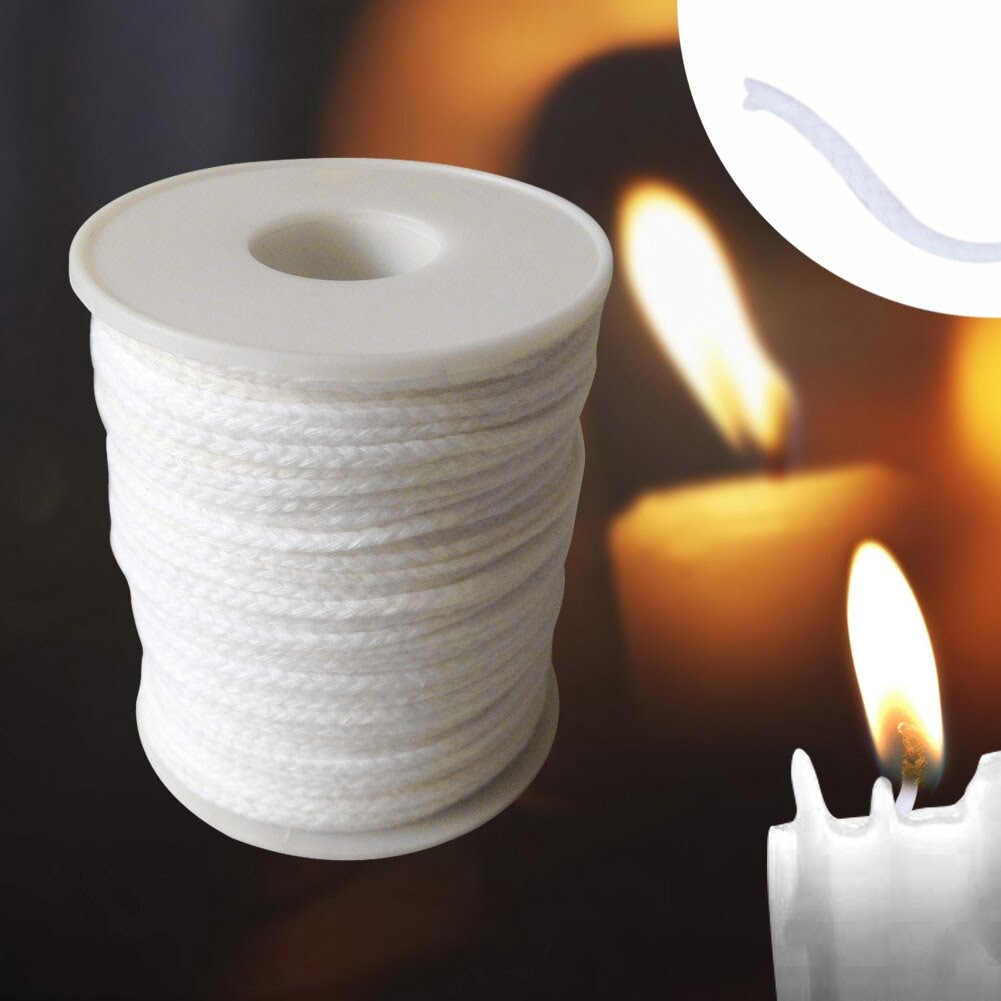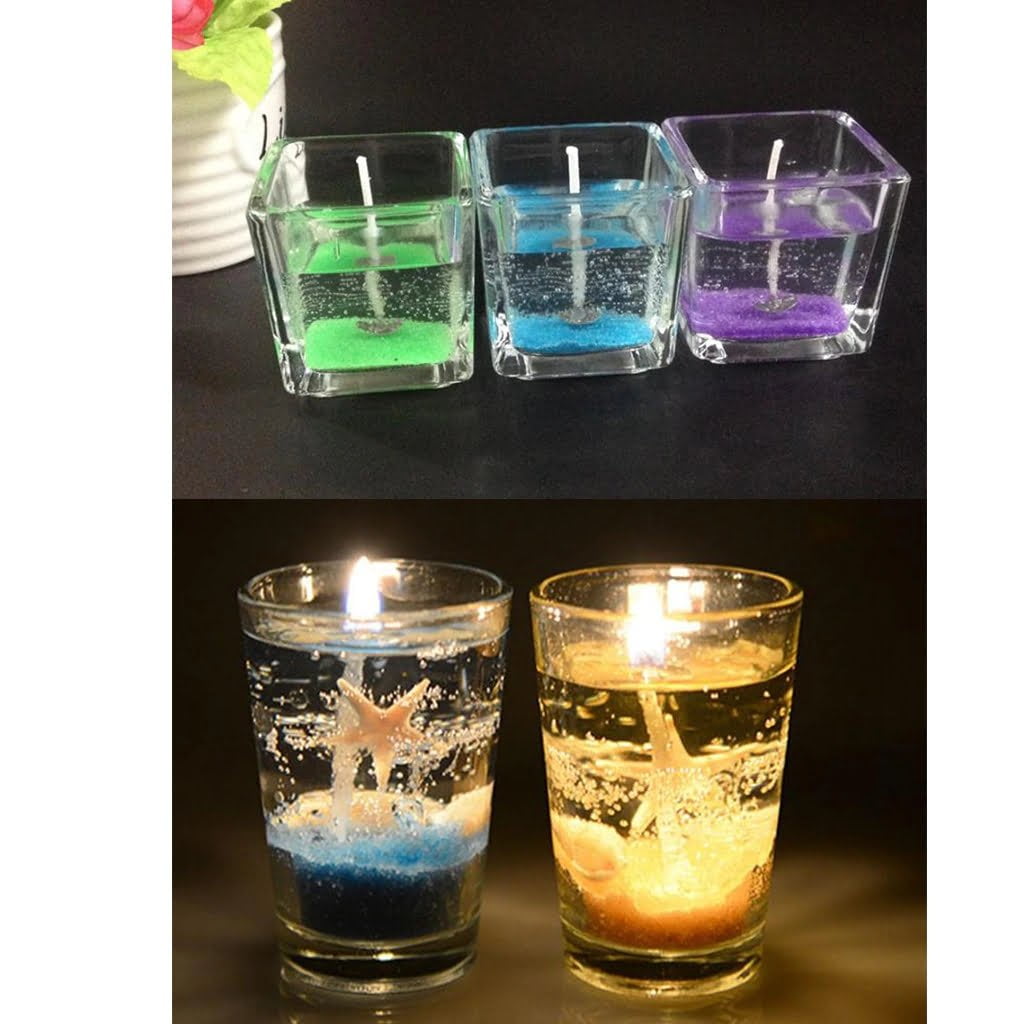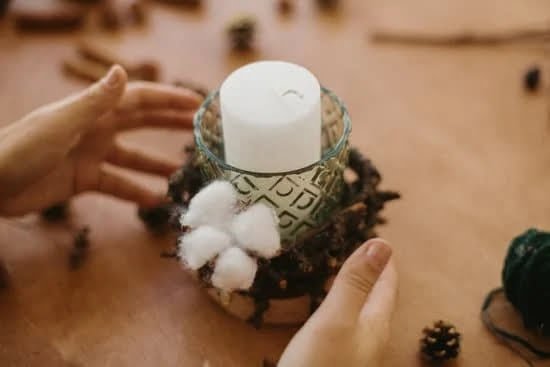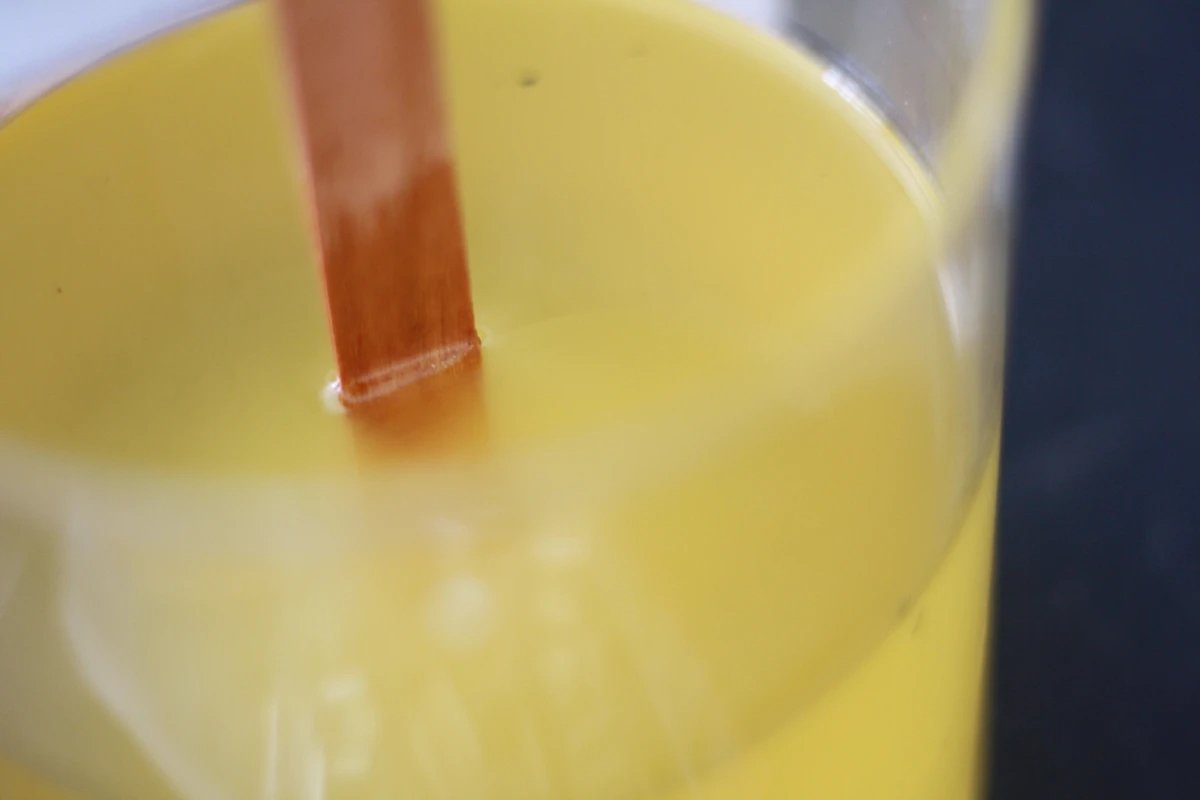Candle making during the pioneer days played a significant role in the daily lives of early settlers. In this article, we will delve into the history and importance of candle making during this time period. From the evolution of candle making materials to the tools and techniques used by pioneers, we will explore how candles were an essential part of pioneer life.
The evolution of candle making took on various forms, from tallow to beeswax to paraffin. We will take a closer look at how these changes in materials impacted the quality and availability of candles for pioneers. Additionally, we will uncover the challenges and innovations that arose as pioneers worked to improve their candle making process.
Profiles of influential figures in the history of candle making during the pioneer days will also be highlighted, shedding light on their contributions to the craft. Furthermore, we will examine how candles were used in pioneer homes for lighting and other purposes, as well as their role in pioneer economies and trade networks.
Join us on a journey back in time as we explore the legacy of pioneer candle making and its lasting impact on modern practices and traditions.
The Evolution of Candle Making
The history of candle making during the pioneer days is a fascinating journey that showcases the evolution of materials and techniques used to create this essential source of light. From the early days of using tallow, to the transition to beeswax, and eventually the introduction of paraffin, each era brought new advancements in candle making.
Tallow, which was derived from animal fats, was the most commonly used material for candles in the pioneer days. It was readily available and provided a practical solution for lighting homes and spaces.
As time progressed, there was a shift towards using beeswax for candle making. Beeswax produced cleaner and brighter flames compared to tallow, making it a superior choice for those who could afford it. However, beeswax was more expensive and not as easily accessible as tallow, so it wasn’t widely used among all pioneers.
The introduction of paraffin marked a significant turning point in the history of candle making. Paraffin wax, derived from petroleum, revolutionized candle production due to its low cost and widespread availability. This made candles more affordable for the general population during the pioneer days, leading to increased usage in households and businesses alike.
| Material Used | Advantages |
|---|---|
| Tallow | Readily available and practical for lighting |
| Beeswax | Cleaner and brighter flames compared to tallow |
| Paraffin Wax | Low cost and widespread availability revolutionized candle production |
Tools and Techniques
Candle making during the pioneer days required a variety of tools and techniques, many of which are still used today in modern candle making. Pioneers had to be resourceful, using materials readily available to them to create lighting for their homes and businesses. Here is an in-depth look at the tools and techniques used by pioneers to create candles:
Tools Used:
Techniques Employed:
1. Rendering Tallow: Tallow, or animal fat, was a common ingredient used in early pioneer candles. The process involved simmering animal fat until it melted, then straining it through a cloth to remove impurities.
2. Dipping Candles: One common technique involved repeatedly dipping wicking material into melted wax to build up layers and create taper candles.
3. Molded Candles: Another method was pouring melted wax into molds, allowing it to cool and harden before removing the finished candle.
Pioneers often experimented with different materials and techniques based on what was available to them, leading to a wide variety of candle styles and compositions during this time period.
The ingenuity and resourcefulness of pioneer candle makers laid the groundwork for modern candle making practices, with many of the basic tools and techniques remaining unchanged over the years. As technology advanced, new methods were developed but the fundamental principles remain rooted in the traditions established during the pioneer days.
Pioneer Candle Makers
During the pioneer days, candle making was a crucial skill for survival, and several influential figures emerged in the history of this craft. These individuals played a significant role in shaping the evolution of candle making techniques and establishing it as an essential trade. Here are profiles of some influential pioneer candle makers:
- Sarah Low: Sarah Low was a prominent figure in the early days of candle making. She was known for her expertise in utilizing tallow, a form of animal fat, to create candles. Her innovative techniques and dedication to perfecting the art of tallow candle making significantly contributed to its popularity among pioneers.
- John Beeswax: John Beeswax revolutionized candle making by introducing beeswax as a superior alternative to tallow. His meticulous approach to sourcing high-quality beeswax and his precise craftsmanship resulted in candles that burned longer and cleaner than their tallow counterparts.
- Elizabeth Paraffin: Elizabeth Paraffin is renowned for her pioneering work with paraffin wax, a substance derived from petroleum. She recognized the potential of paraffin as a cost-effective and efficient material for candle making. Through her experiments and innovations, she established paraffin as a popular choice for candles during the pioneer days.
These influential pioneer candle makers not only mastered their craft but also paved the way for future advancements in candle making techniques and materials. Their contributions have left a lasting legacy on modern candle-making practices.
Candle Making in Daily Life
Candle making during the pioneer days was an essential skill that played a crucial role in lighting and various other aspects of daily life. In an era before electricity, candles were the primary source of light after dark. They were used not only for illumination but also for heating, cooking, and signaling. Pioneer families relied on candles to navigate their homes at night, complete household chores, and even extend their work hours into the evening.
Pioneers utilized different types of candles depending on their availability and affordability. Tallow, made from animal fat, was one of the most commonly used materials for candle making during this time. Beeswax, although more expensive, was also favored for its cleaner burn and pleasant aroma. As technology advanced, paraffin became a popular alternative due to its longer burning time and more consistent quality.
In addition to lighting, candles served multiple purposes in pioneer households. They were used as a source of heat in small spaces and for cooking when other fuel sources were scarce. Candles also played a role in communication and signaling between individuals or across distances. Their versatility made them indispensable in pioneer life, highlighting the significance of candle making during this historical period.
| Candle Type | Primary Use |
|---|---|
| Tallow | Lighting and heating |
| Beeswax | Cleaner burn and pleasant aroma |
| Paraffin | Longer burning time and consistent quality |
Challenges and Innovations
Candle making during the pioneer days was not without its challenges. Pioneers faced numerous obstacles in creating candles, from sourcing materials to dealing with limited resources and harsh environmental conditions. Despite these difficulties, pioneers also demonstrated remarkable ingenuity and resourcefulness in developing innovative solutions to overcome these challenges.
Sourcing Materials
One of the primary challenges pioneers faced in candle making was sourcing the necessary materials, particularly wax. In the early days of settlement, tallow obtained from animal fats was a common source of wax for candle making. However, as settlers expanded into new territories, they had to adapt to different environments and resources.
This led to the exploration and utilization of alternative sources such as beeswax and bayberry wax. Pioneers had to learn how to harvest and process these materials effectively, often relying on traditional knowledge passed down through generations or acquired from indigenous communities.
Limited Resources
In addition to sourcing materials, pioneers also had to contend with limited resources for candle making. With access to only basic tools and equipment, they had to devise creative methods for molding and shaping candles. In some cases, pioneers repurposed household items or crafted their own specialized tools using whatever materials were available. The scarcity of resources forced pioneers to be resourceful and inventive in order to continue producing candles for their homes and communities.
Environmental Factors
Environmental factors posed another set of challenges for pioneer candle makers. Harsh weather conditions and seasonal variations affected the availability and quality of wax sources, making it necessary for pioneers to adapt their candle making processes accordingly. Extreme temperatures could impact the consistency and texture of the wax, requiring pioneers to develop techniques for stabilizing and refining their products under adverse circumstances.
Overall, the challenges faced by pioneers in candle making propelled them towards innovation as they sought new methods and techniques to address these obstacles. Their ability to adapt, improvise, and problem-solve laid the foundation for advancements in candle making that continue to influence modern practices today.
Trade and Commerce
Candle making played a significant role in the economies and trade networks of pioneer communities. In this section, we will explore the economic importance of candle making during the pioneer days and its impact on trade.
Local Production and Bartering
In pioneer communities, candle making was often a local production activity, with families creating their own candles using resources such as tallow, beeswax, or bayberry wax. These homemade candles were not only used for lighting but also became valuable commodities for bartering and trade within the community. Surplus candles could be exchanged for other essential goods or services, contributing to the local economy.
Regional Trade Networks
As pioneer settlements expanded and trade networks developed, candle making became a source of income for skilled artisans. Candle makers would often travel to neighboring towns or trading posts to sell their products. Additionally, specialized merchants emerged who focused on trading candles and other household goods, further stimulating economic activity within pioneer economies.
Role in International Trade
Candle making also played a part in international trade during the pioneer days. Beeswax, a common material used for candle making, was traded as a valuable commodity between pioneers and European settlers. The demand for beeswax candles in Europe created opportunities for pioneers to participate in global trade networks, contributing to the overall economic development of frontier communities.
Understanding the role of candle making in pioneer economies provides valuable insight into the economic dynamics of early American settlements and sheds light on the interconnectedness of local, regional, and international trade during this historical period.
Legacy of Candle Making
In conclusion, the legacy of candle making during the pioneer days continues to have a lasting impact on modern practices and traditions. The evolution of candle making, from tallow to beeswax to paraffin, has shaped the way candles are produced and utilized today. The tools and techniques used by pioneers have laid the foundation for current methods of creating candles, with many artisanal candle makers still using traditional methods to produce high-quality, handmade candles.
The challenges and innovations that arose during the pioneer days have also influenced modern candle making. From experimenting with different materials to finding solutions for inconsistent lighting, pioneers paved the way for advancements in candle production that are still relevant today. Additionally, the role of candle making in pioneer economies and trade networks has contributed to the global market for candles, with traditional methods and craftsmanship being valued by consumers seeking unique and high-quality products.
Furthermore, the use of candles in pioneer homes for lighting and other purposes has left a cultural imprint on modern society. While electricity has largely replaced candles as a primary light source, candles continue to hold significance in religious ceremonies, romantic settings, aromatherapy, and as decorative pieces.
The historical importance of candle making during the pioneer days cannot be understated, as it has influenced not only how candles are made and utilized today but also how they are perceived as timeless symbols of warmth, light, and tradition.
Frequently Asked Questions
How Did the Pioneers Make Candles?
The pioneers made candles by first melting tallow or beeswax in a large pot over a fire. Then, they would dip a wick repeatedly into the melted substance until it formed a thick candle.
What Did They Make Candles Out of in the Old Days?
In the old days, pioneers made candles out of tallow, which is animal fat, or beeswax. Tallow was more commonly used as it was readily available from animals they raised on their farms.
How Do They Make Candles in the 1800s?
In the 1800s, candles were made by hand-dipping wicks into vats of melted tallow or beeswax multiple times to build up layers and create a solid candle. This process required precision and patience.

Welcome to my candle making blog! In this blog, I will be sharing my tips and tricks for making candles. I will also be sharing some of my favorite recipes.





